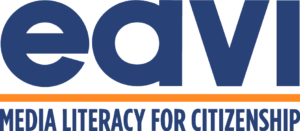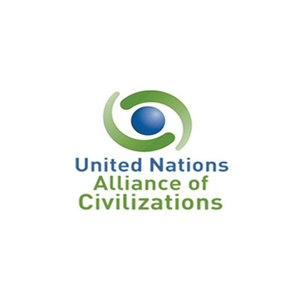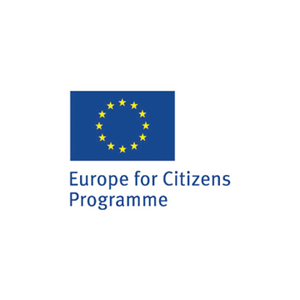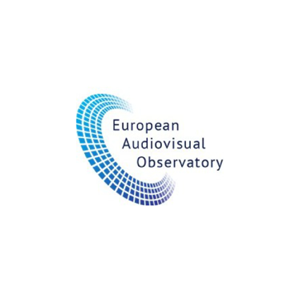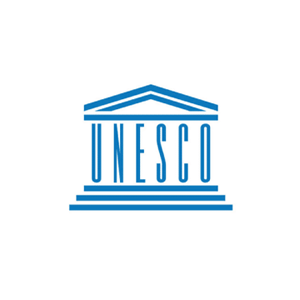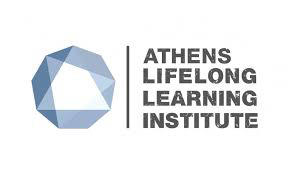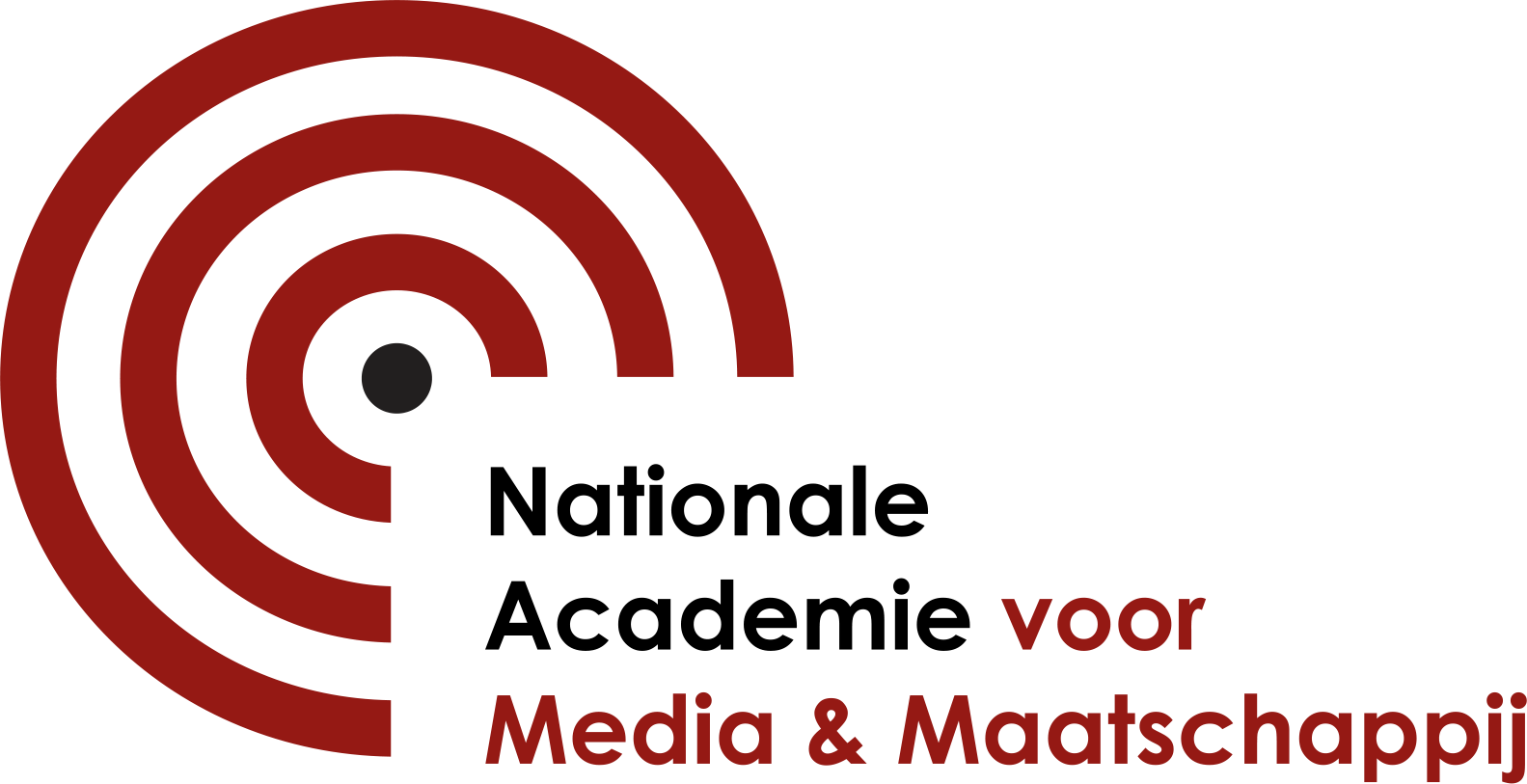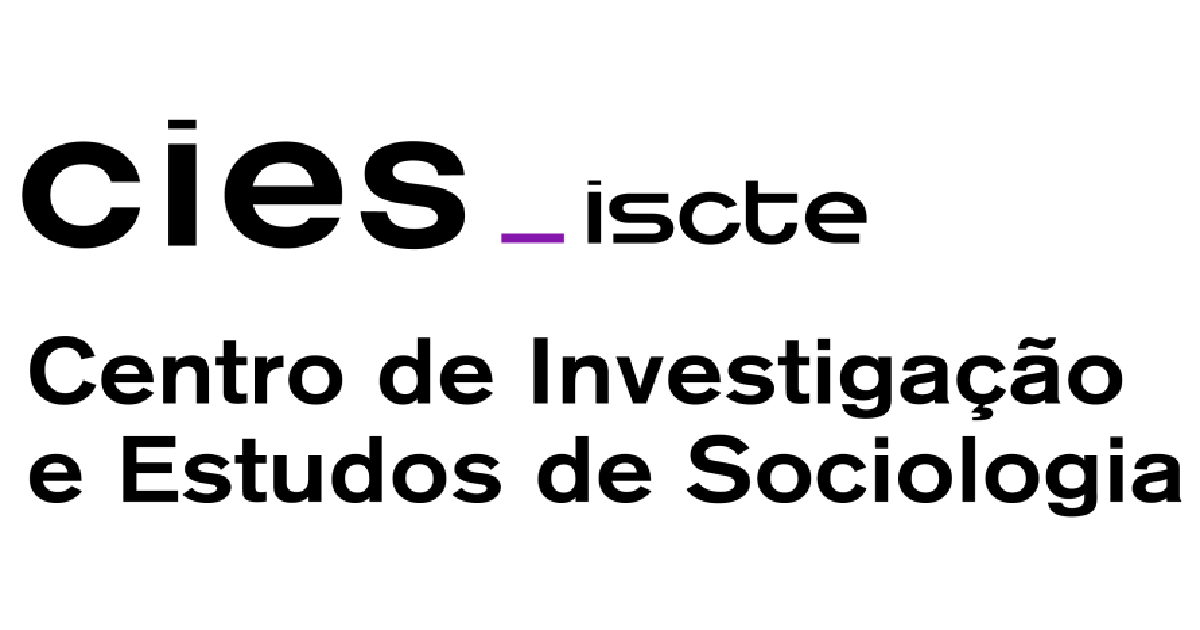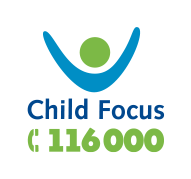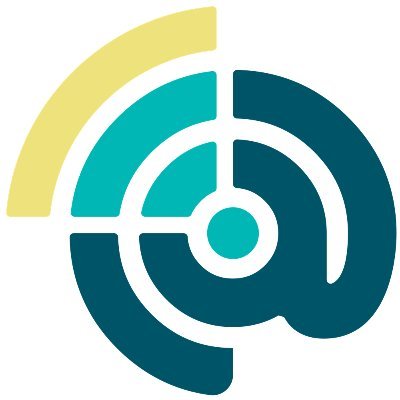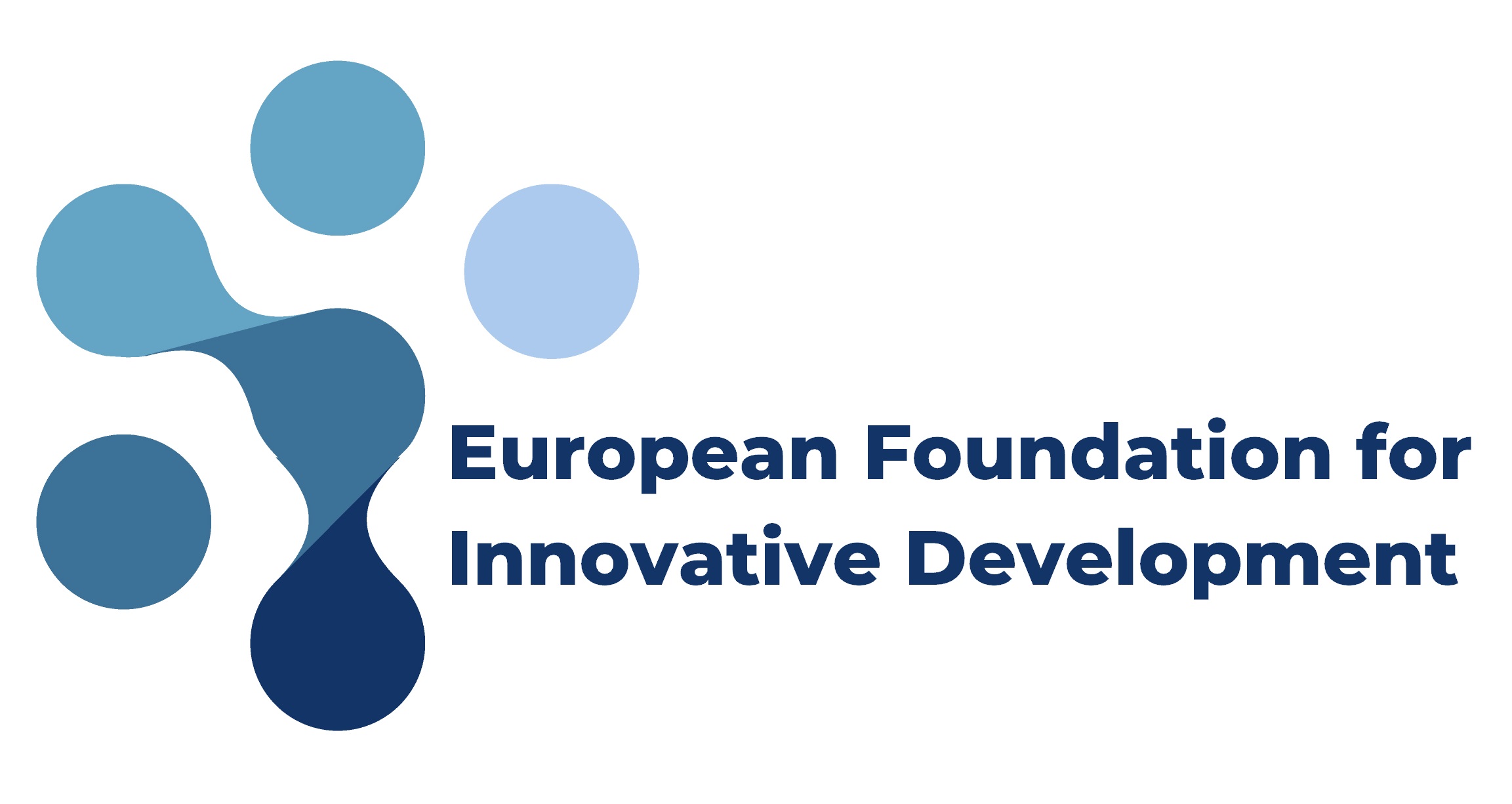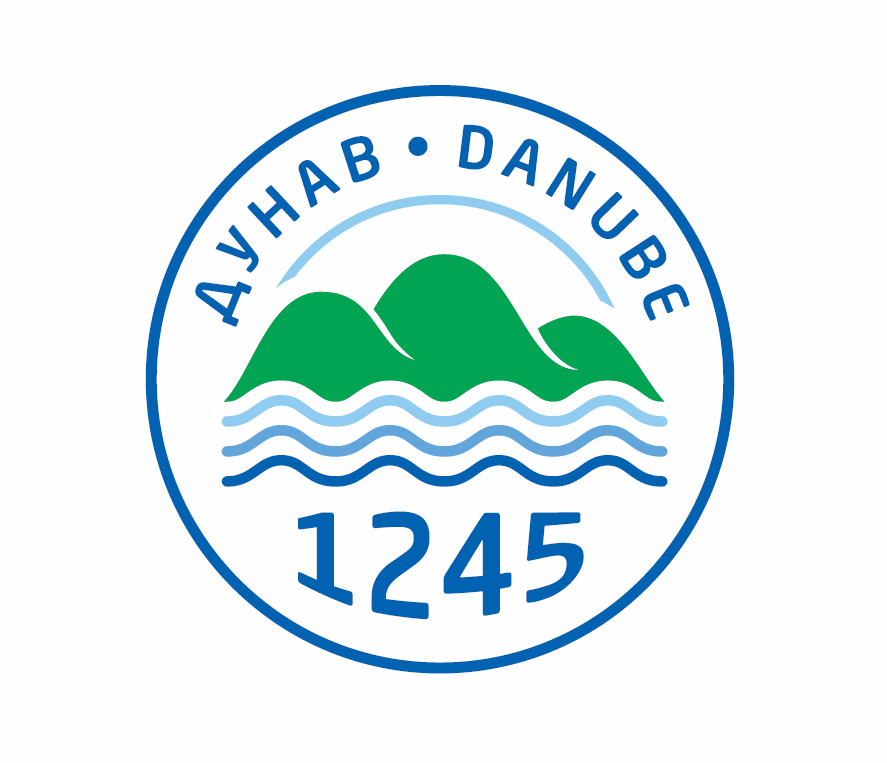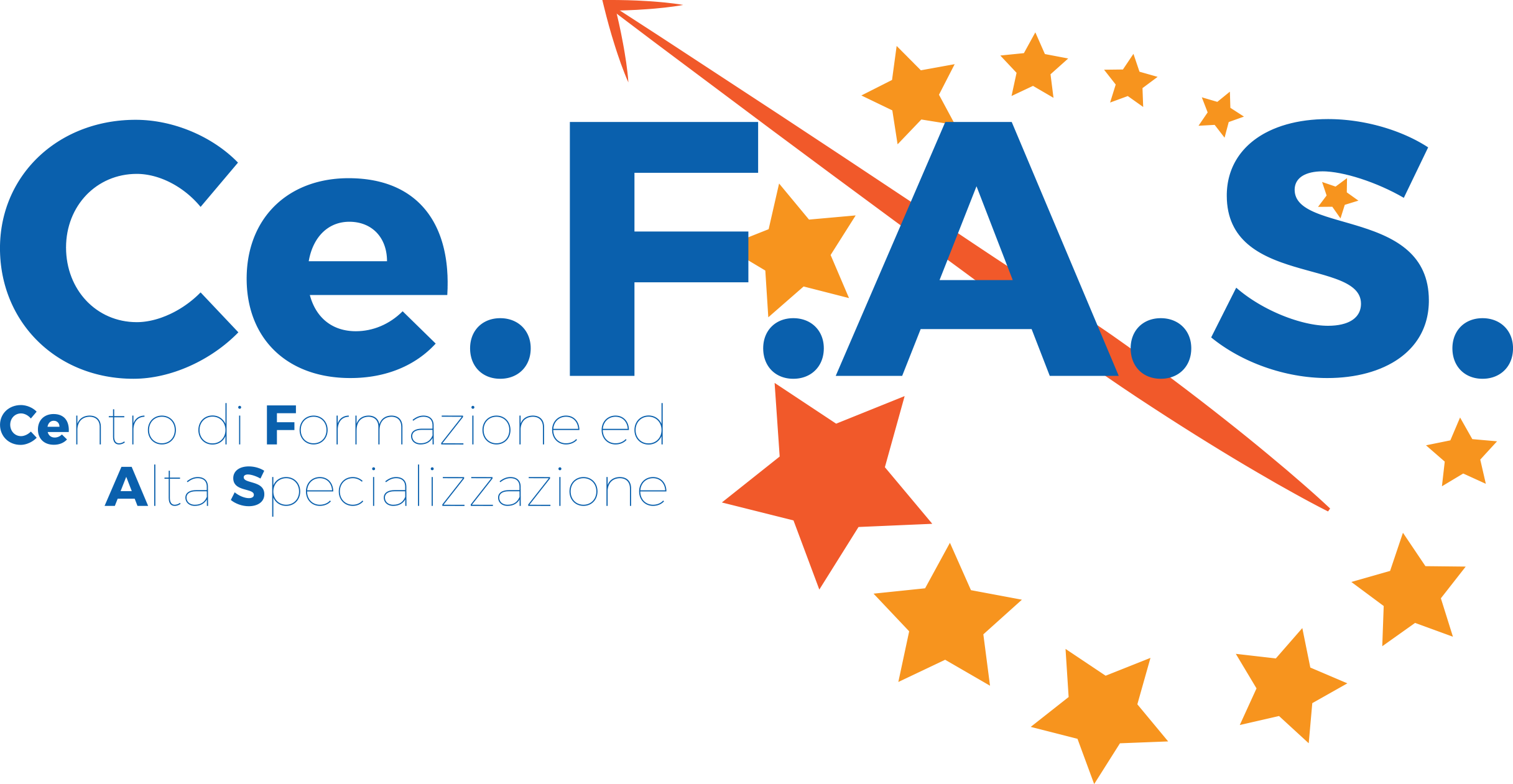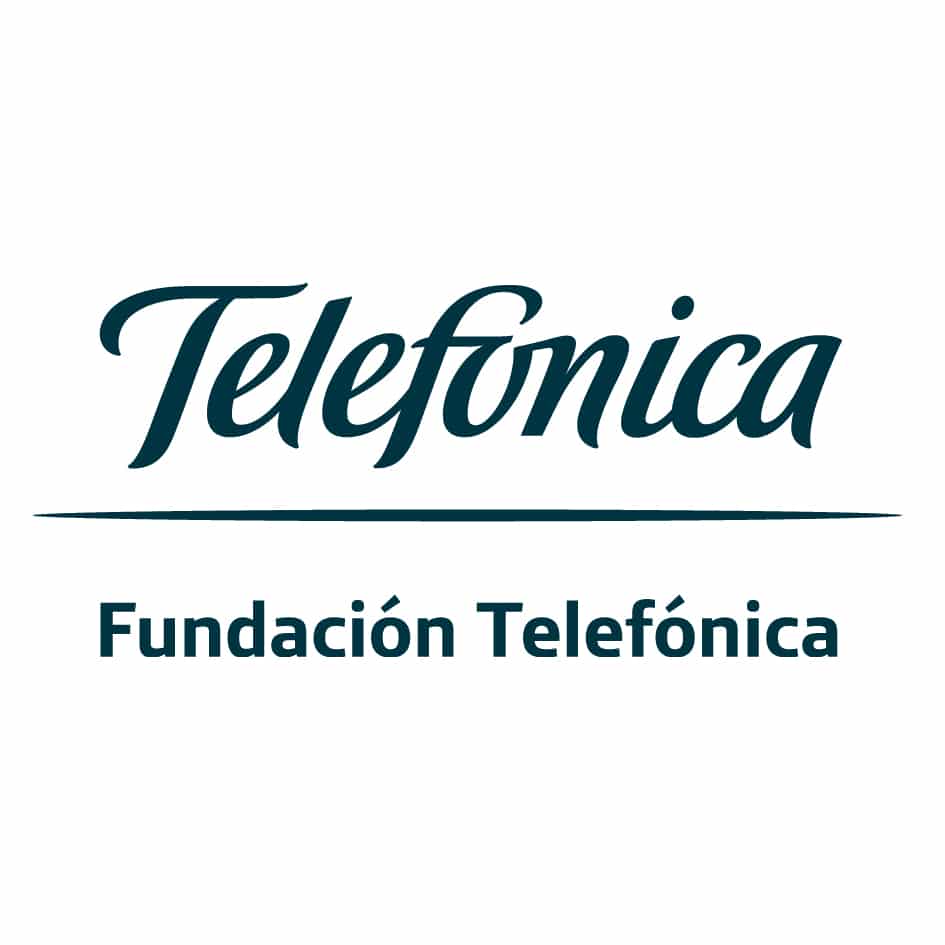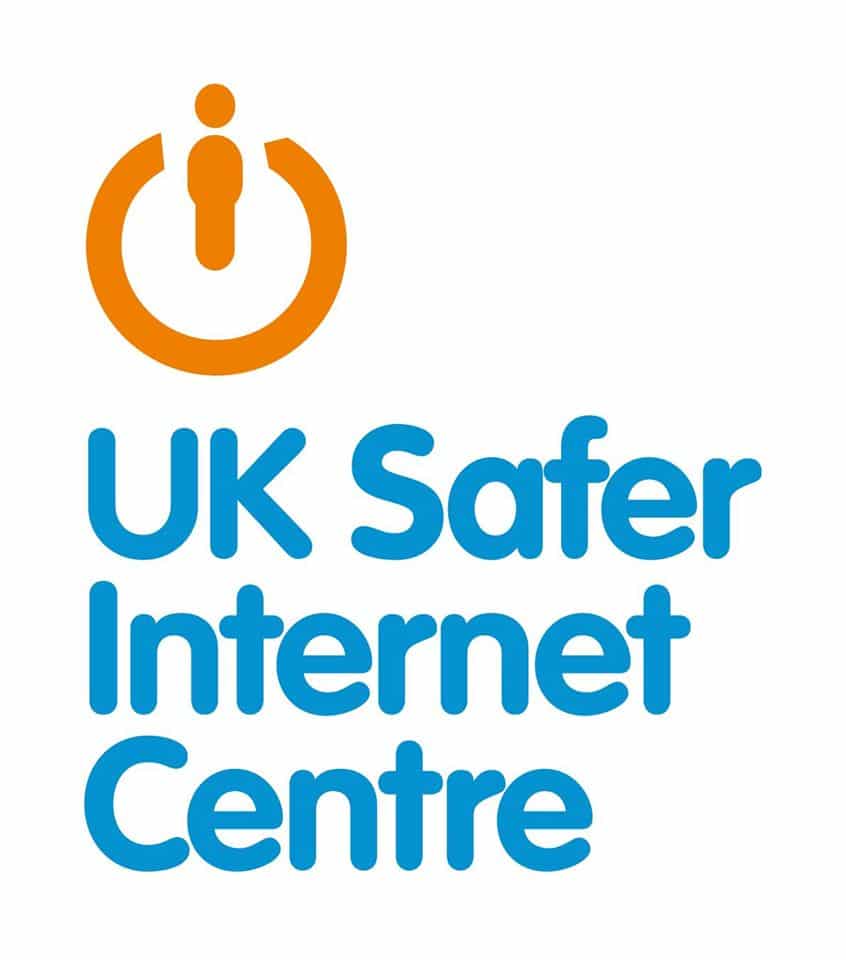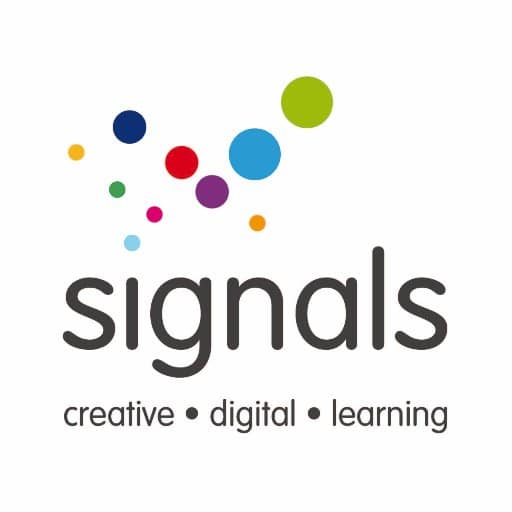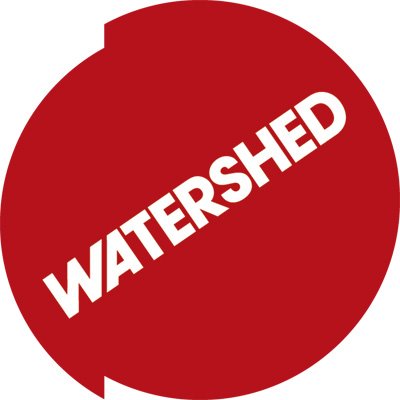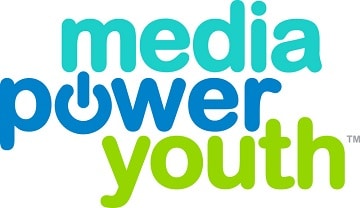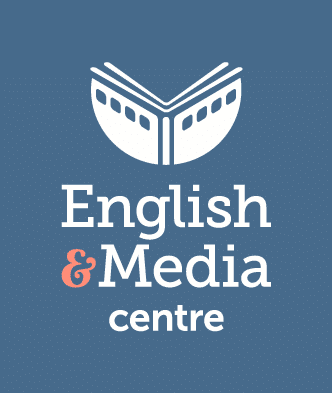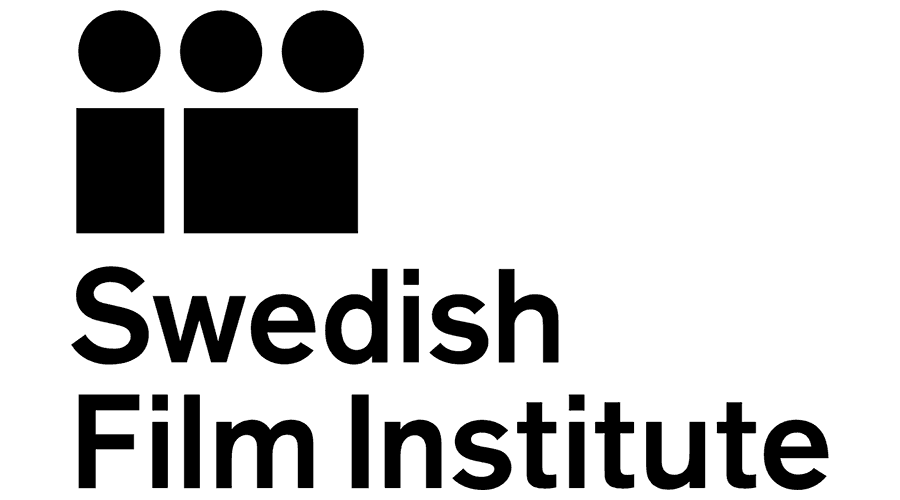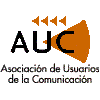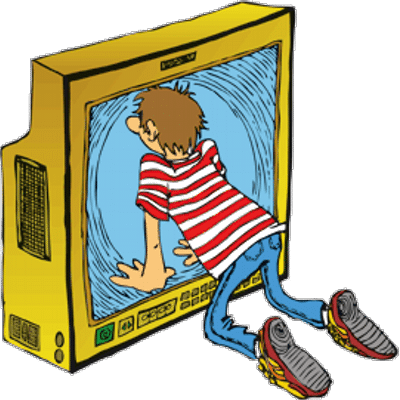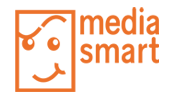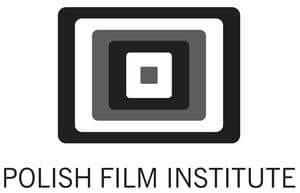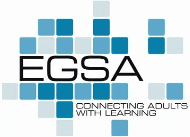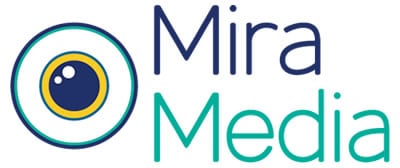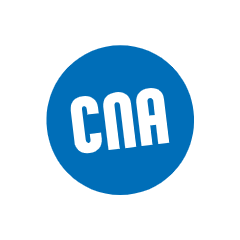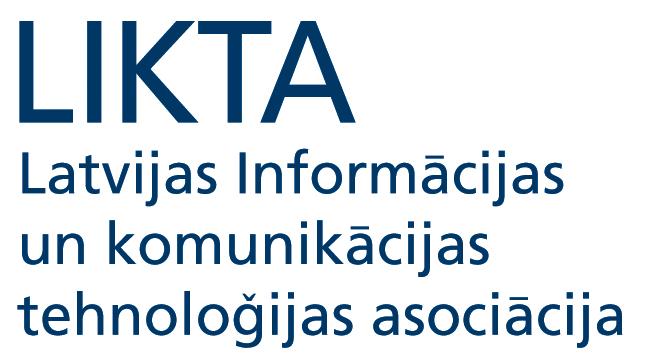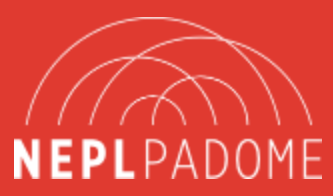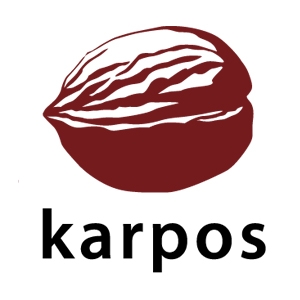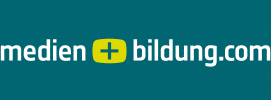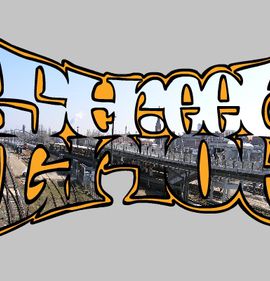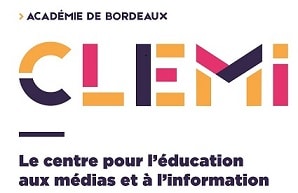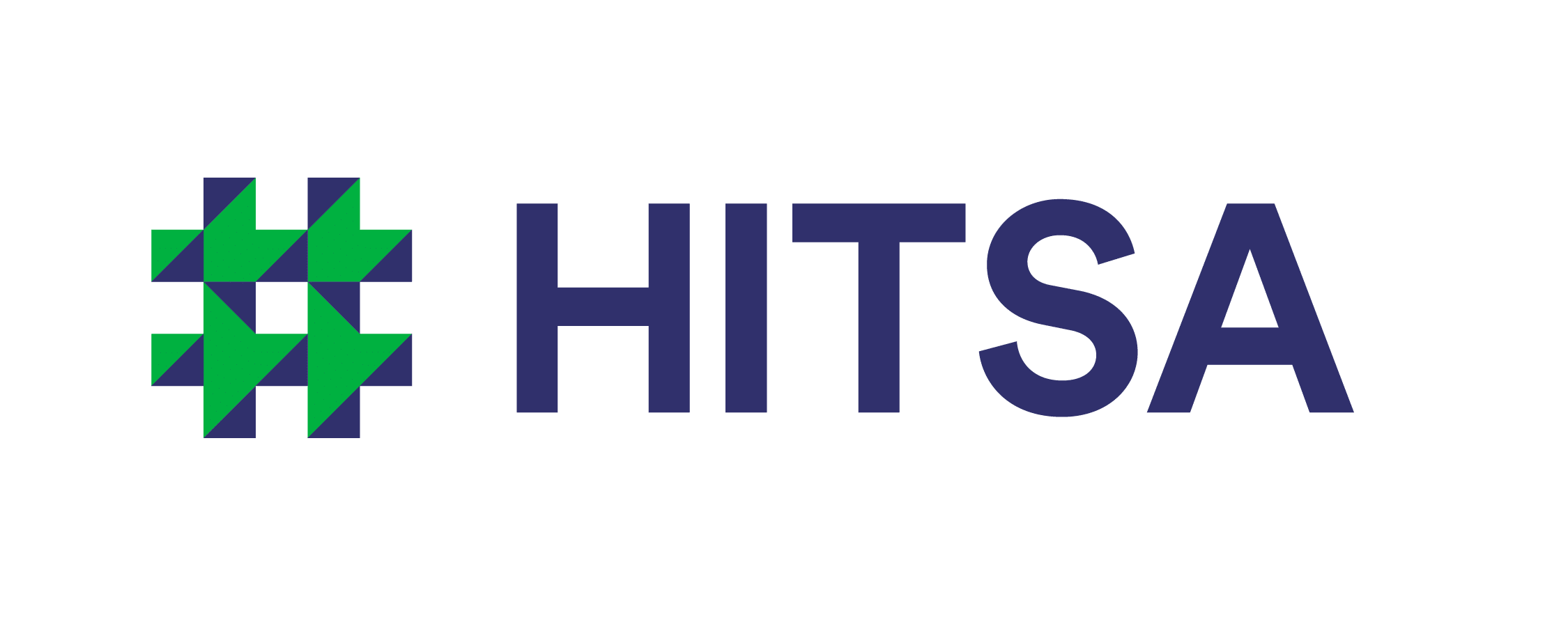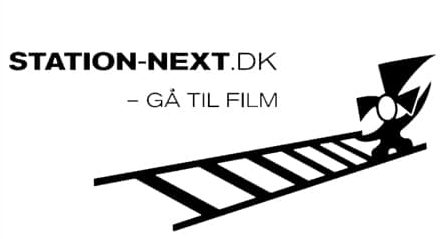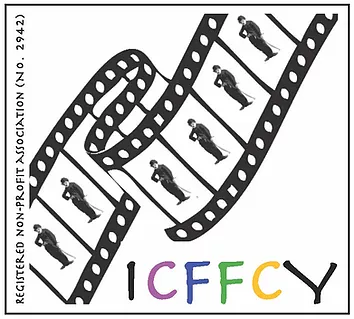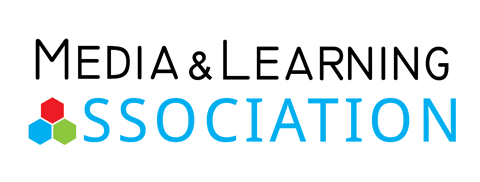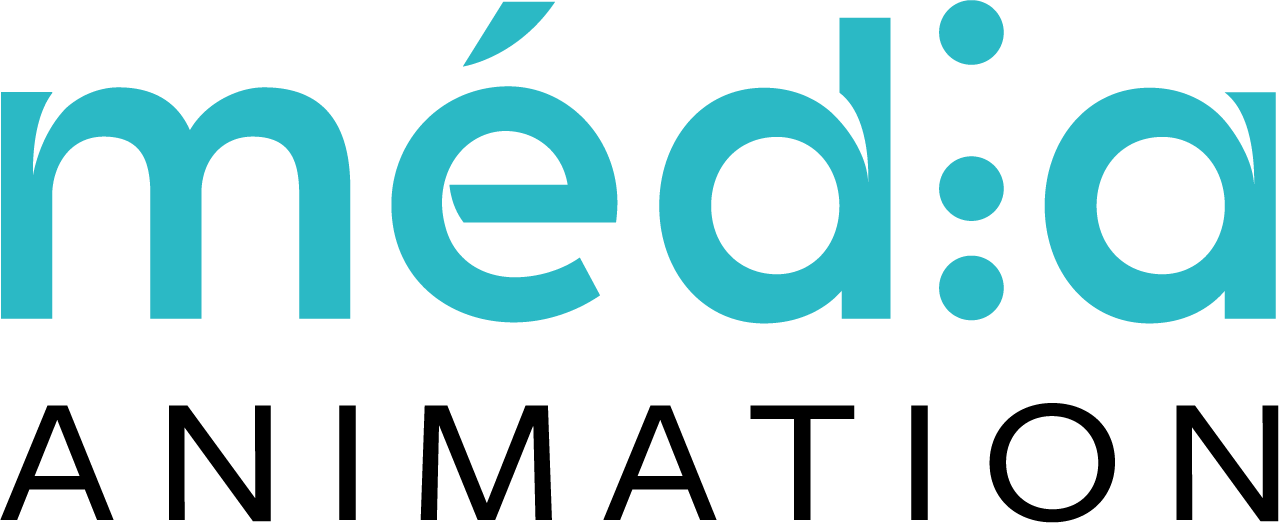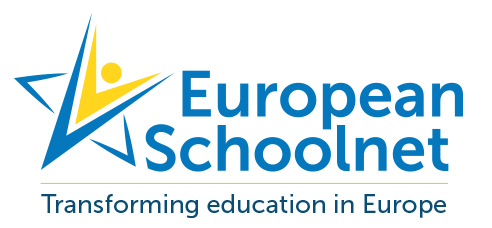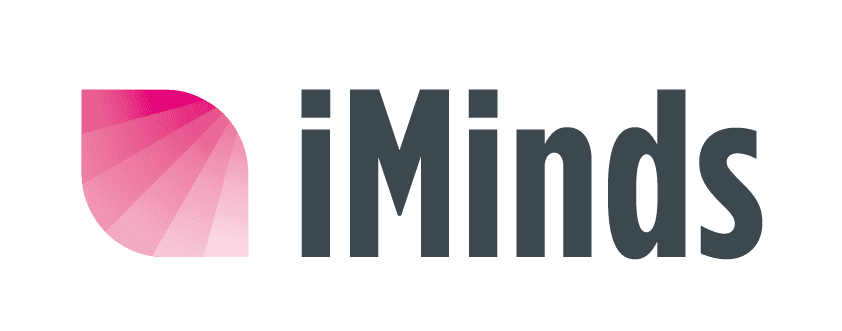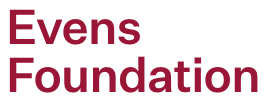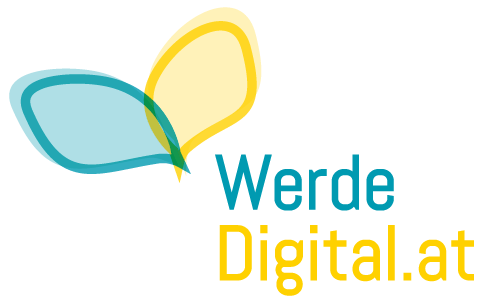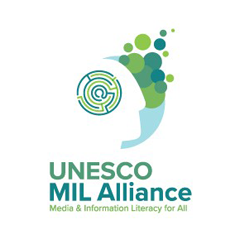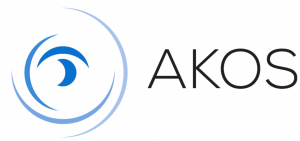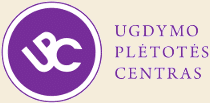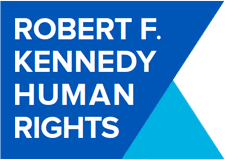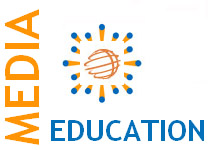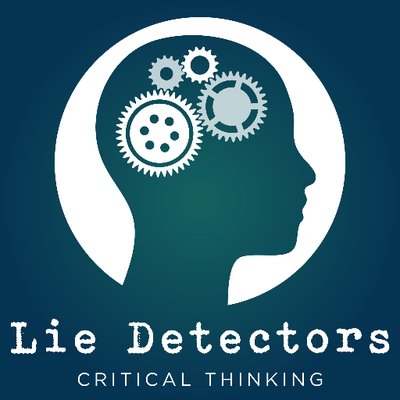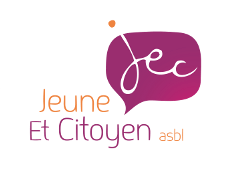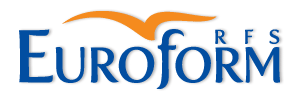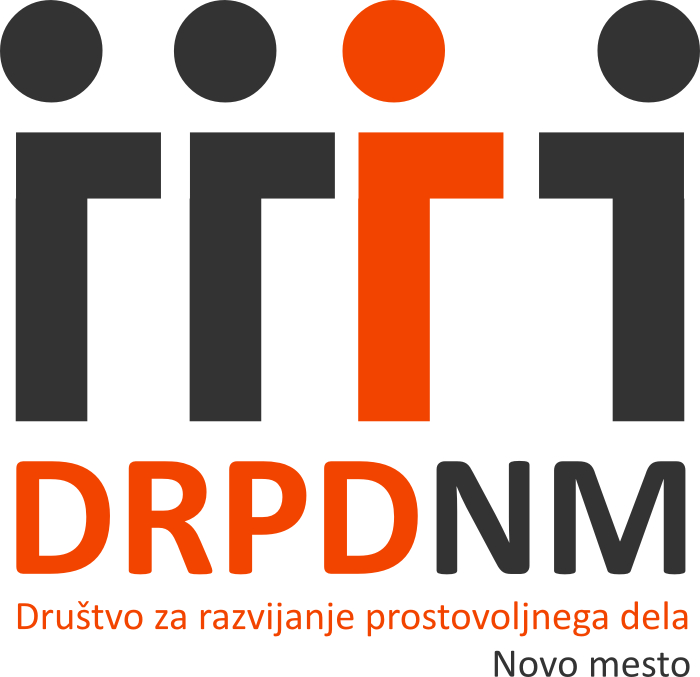Did you know that our infographic has been translated into 17 languages since it was created a few years ago?
According to the Digital Economy and Society Index Report 2020 released by the European Commission this month, Internet use continued to increase year-on-year with 85% of Europeans surfing the internet at least once per week in 2019 (up from 75% in 2014). This increased level of Internet use is also likely to be sustained by the coronavirus pandemic as people’s movements are restricted and are spending more time at home. In the meantime, disinformation waves have hit Europe and in a Joint Communication released on June 10 by the EC, the immediate response was analyzed and concrete action that can be quickly set in motion was proposed. To fight disinformation, we need to mobilise all relevant players from online platforms to public authorities, and support independent fact checkers and media.
Thus, we would like to share with you this infographic! Click on it to go to the page where all versions are available!
Our Beyond Fake News infographic identifies the 10 types of potentially misleading news, and seeks to help aid in the fight against misinformation and disinformation. It was created to be used in class with real-world examples to spark classroom debate and reflection on the ways that media is constructed.
We hesitated to put the term ‘fake news’ in the title of the infographic as, ironically, the term itself is a misleading simplification. Apart from the fact that the term has been co-opted to attack and silence mainstream media, the suggestion that there are simply two types of news; real and fake, doesn’t leave much room for nuance.
We are currently in the progress of updating our infographic and will share with you when it is available! Stay tuned for more.
Did you know that our infographic has been translated into 17 languages since it was created a few years ago?
According to the Digital Economy and Society Index Report 2020 released by the European Commission this month, Internet use continued to increase year-on-year with 85% of Europeans surfing the internet at least once per week in 2019 (up from 75% in 2014). This increased level of Internet use is also likely to be sustained by the coronavirus pandemic as people’s movements are restricted and are spending more time at home. In the meantime, disinformation waves have hit Europe and in a Joint Communication released on June 10 by the EC, the immediate response was analyzed and concrete action that can be quickly set in motion was proposed. To fight disinformation, we need to mobilise all relevant players from online platforms to public authorities, and support independent fact checkers and media.
Thus, we would like to share with you this infographic! Click on it to go to the page where all versions are available!
Our Beyond Fake News infographic identifies the 10 types of potentially misleading news, and seeks to help aid in the fight against misinformation and disinformation. It was created to be used in class with real-world examples to spark classroom debate and reflection on the ways that media is constructed.
We hesitated to put the term ‘fake news’ in the title of the infographic as, ironically, the term itself is a misleading simplification. Apart from the fact that the term has been co-opted to attack and silence mainstream media, the suggestion that there are simply two types of news; real and fake, doesn’t leave much room for nuance.
We are currently in the progress of updating our infographic and will share with you when it is available! Stay tuned for more.
Did you know that our infographic has been translated into 17 languages since it was created a few years ago?
According to the Digital Economy and Society Index Report 2020 released by the European Commission this month, Internet use continued to increase year-on-year with 85% of Europeans surfing the internet at least once per week in 2019 (up from 75% in 2014). This increased level of Internet use is also likely to be sustained by the coronavirus pandemic as people’s movements are restricted and are spending more time at home. In the meantime, disinformation waves have hit Europe and in a Joint Communication released on June 10 by the EC, the immediate response was analyzed and concrete action that can be quickly set in motion was proposed. To fight disinformation, we need to mobilise all relevant players from online platforms to public authorities, and support independent fact checkers and media.
Thus, we would like to share with you this infographic! Click on it to go to the page where all versions are available!
Our Beyond Fake News infographic identifies the 10 types of potentially misleading news, and seeks to help aid in the fight against misinformation and disinformation. It was created to be used in class with real-world examples to spark classroom debate and reflection on the ways that media is constructed.
We hesitated to put the term ‘fake news’ in the title of the infographic as, ironically, the term itself is a misleading simplification. Apart from the fact that the term has been co-opted to attack and silence mainstream media, the suggestion that there are simply two types of news; real and fake, doesn’t leave much room for nuance.
We are currently in the progress of updating our infographic and will share with you when it is available! Stay tuned for more.
